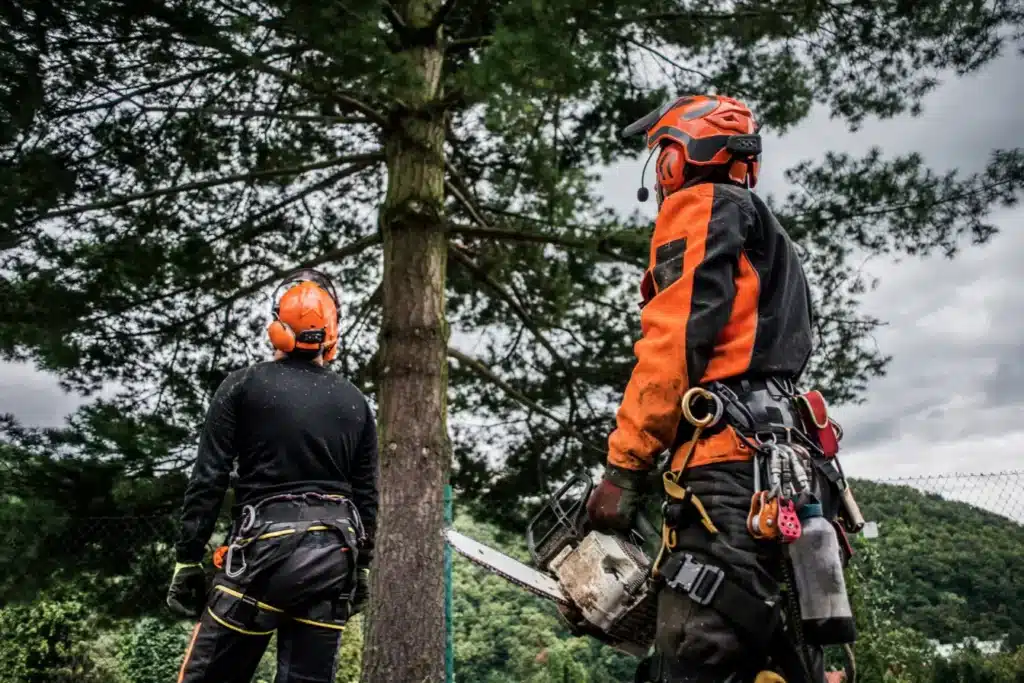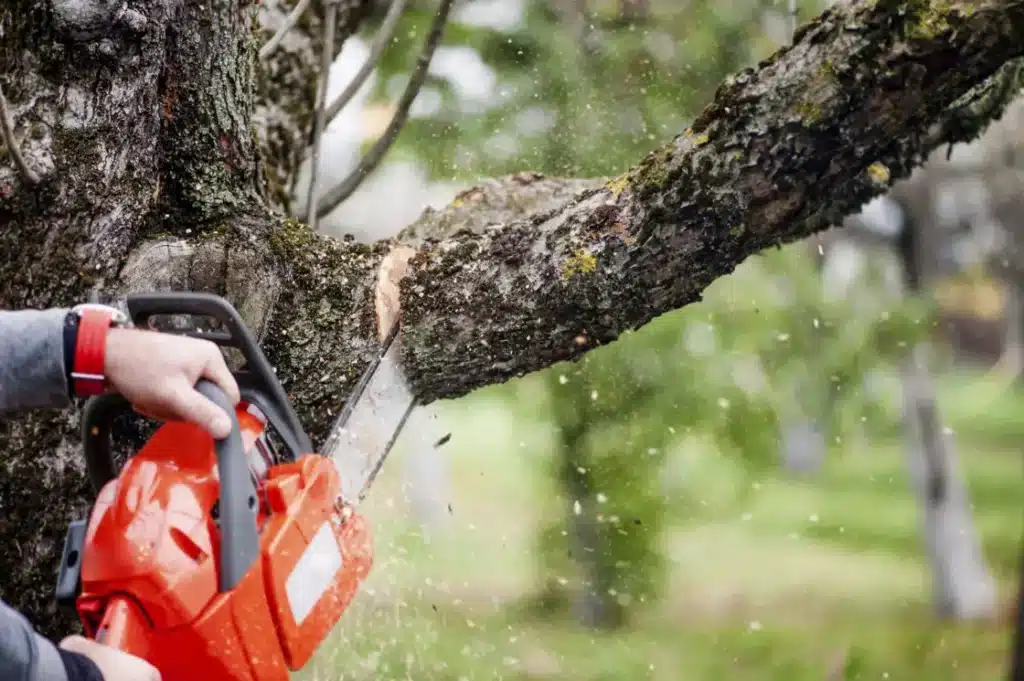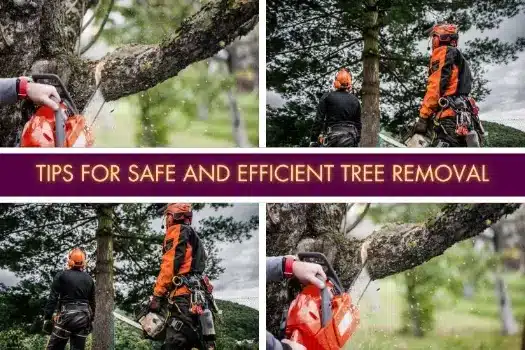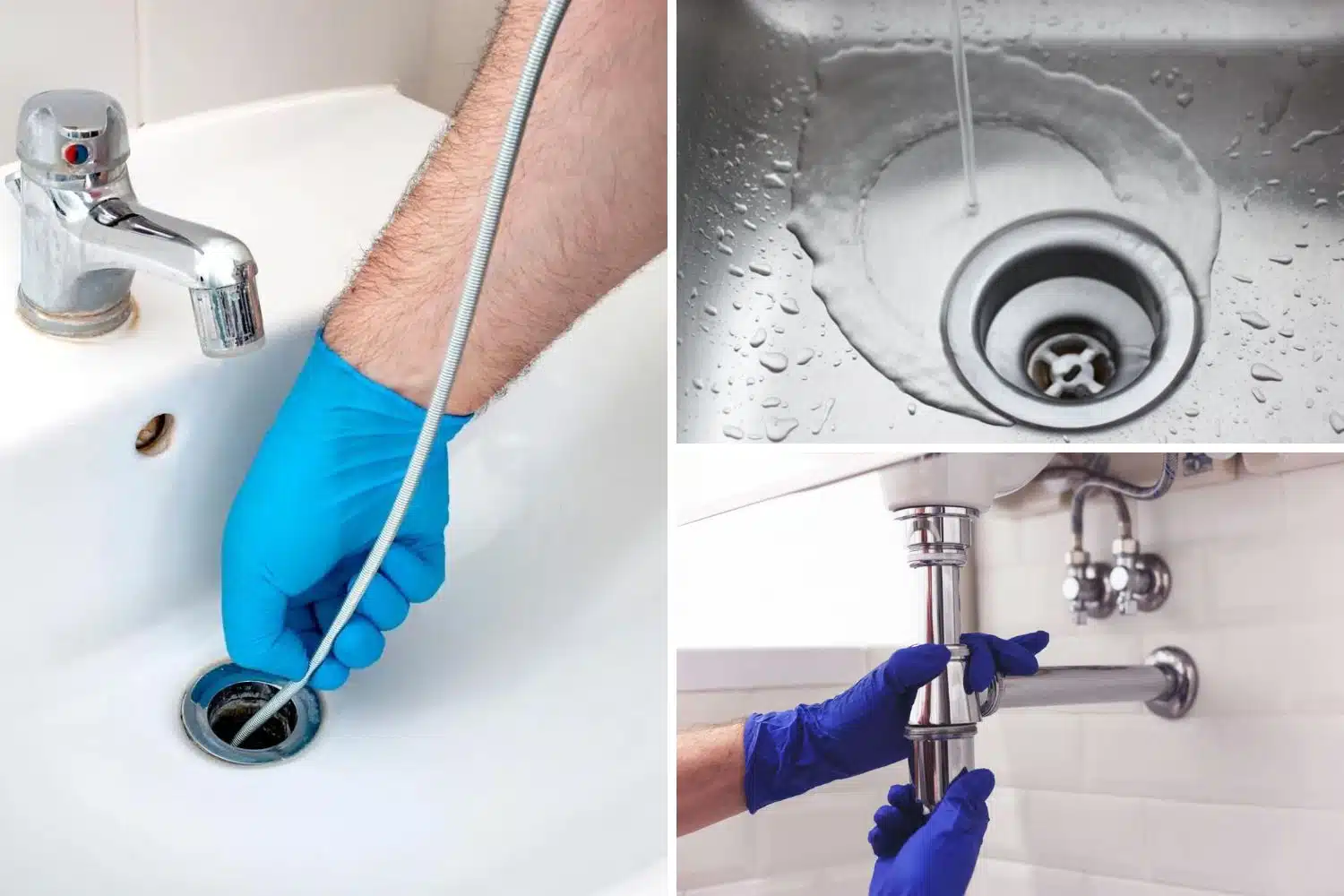Removing a tree might sound like a simple weekend project. But toppling a towering oak or pine has serious dangers if not done with care and know-how. From dropping a multi-ton trunk onto your house to getting crushed by falling limbs, accidents often happen in tree removal.
Even with small trees, risks lurk overhead and underfoot. Power lines bring electrocution danger. Hidden rot creates unpredictable falls. And let’s not forget chainsaws! Seemingly handy tools in inexperienced hands lead to frequent and severe injuries.
Safely getting that tree on the ground takes careful planning and preparedness. If you want to do everything yourself, it’s crucial to follow the best practices. Here are ten tips for safe and efficient tree removal.
You may also consider hiring professional arborists like Al Miley to ensure the job is done safely and efficiently.
1. Inspect The Area

Before beginning any tree removal, thoroughly inspect the area around the tree. Check for any obstacles or hazards, especially power lines which could become an electrocution risk if contacted by falling limbs.
Also, note the location of structures, vehicles, or other valuables that could be damaged. Be sure to check for any signs of disease or rot in the tree, which could cause it to fall unpredictably.
2. Water The Tree
Watering the tree, especially the root area, a few days prior to removal will make cutting easier. Well-watered soil is softer, allowing tools to cut through more smoothly. This prevents excessive wear on chainsaws and other equipment. Watering also minimizes dust, which is healthier for workers’ lungs.
3. Size Up The Tree
Determining height, limb structure, and trunk diameter ahead of time allows you to plan proper rigging techniques, required equipment, and an optimal felling direction. For safety and efficiency, drop direction should lead away from buildings, power lines, roads, or anywhere people may travel or gather.
4. Clear The Zone
Carefully survey and clear a wide zone around the tree. Remove any brush, debris, stones, or uneven ground that could interfere with clean cutting. The open space also provides an unobstructed area to work safely with tools and rigging equipment. Establish a clear escape path before cuts are made in case the tree begins an uncontrolled fall.
5. Wear Personal Protective Equipment
Don’t even think of hitting the chainsaw without proper safety gear. Cover your head with a hard hat to prevent concussions from falling debris. Shield your eyes from sawdust and wood chips with impact-resistant glasses. Also, make sure those earplugs are tamped in tightly—chainsaws roar past 100 decibels.
Speaking of body parts you’d like to keep, steel-toe boots can prevent crushing injuries, and heavy-duty gloves save hands and fingers from blisters and worse. Gear up for battle before wielding any tree removal weaponry.
6. Use The Right Equipment

Using specifically designed tree removal tools recommended by trained professionals minimizes safety risks. Items like chainsaws, rigging ropes, and woodchippers must be maintained as per the manufacturer’s specifications. Never try to save time or money by using makeshift tools or attempting risky shortcuts.
7. Plan The Notch
Proper planning of back cut angle, depth, and direction is essential for maintaining control of the tree throughout removal. Generally, the open notch is cut on the same side you want the tree to fall. Cut at a downward angle on both sides, forming a wide ‘V.’ Remove the wedge carefully so the weight above it can cleanly separate.
8. Cut The Notch
Making the notch cut properly guides the tree’s fall in the intended direction once the felling cut is made on the opposite side. Cut down at approximately 45 degrees, about one-third into the trunk. Avoid cutting too deeply or leaving uneven sides, which can cause uncontrolled twisting as the tree comes down.
9. Avoid Power Lines
If power lines are anywhere near the area, extreme caution is mandatory. Assume all lines are live. Don’t allow removed limbs or any equipment to come within 10 feet of any power line, even if it looks abandoned or inactive. Contact the utility company to discuss options for safe power isolation if working near low lines seems unavoidable.
10. Hire A Pro
While do-it-yourself tree removal may seem straightforward or a way to save money, the inherent dangers should hire professional arborists unless you have specialized training. They bring extensive experience, commercial-grade equipment, licenses, and insurance to ensure your safety and the most efficient removal.
Final Thoughts
Removing a tree poses many risks that safety-conscious planning and preparation can reduce. Carefully consider all hazards like power lines or structures before beginning. Use proper tools, control techniques, and protective equipment recommended by trained professionals.
For other than small trees in isolated areas, rely on certified arborists to complete your removal efficiently and above all safely.







1 comment
It does make sense to take down a tree using the right procedures and tools to prevent problems around the area. I heard that my uncle wants to use his backyard as a functional recreation space. I should talk to him about finding a tree service company that can look after his unit someday.